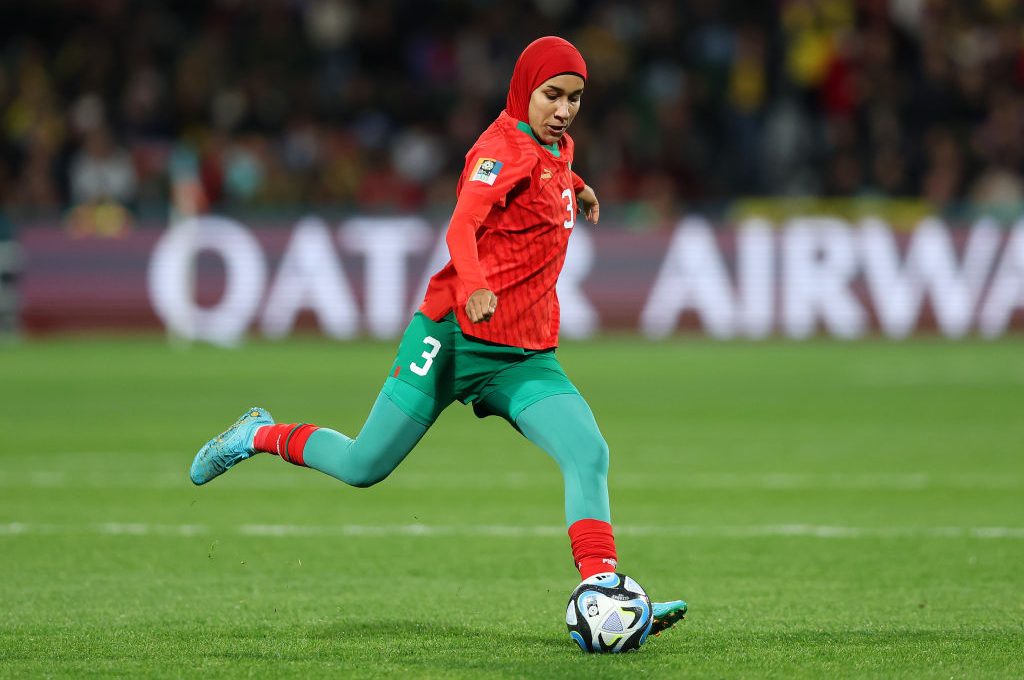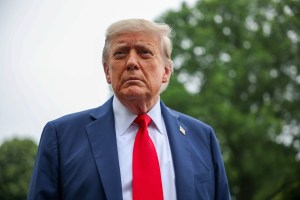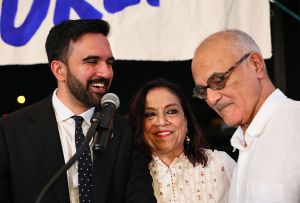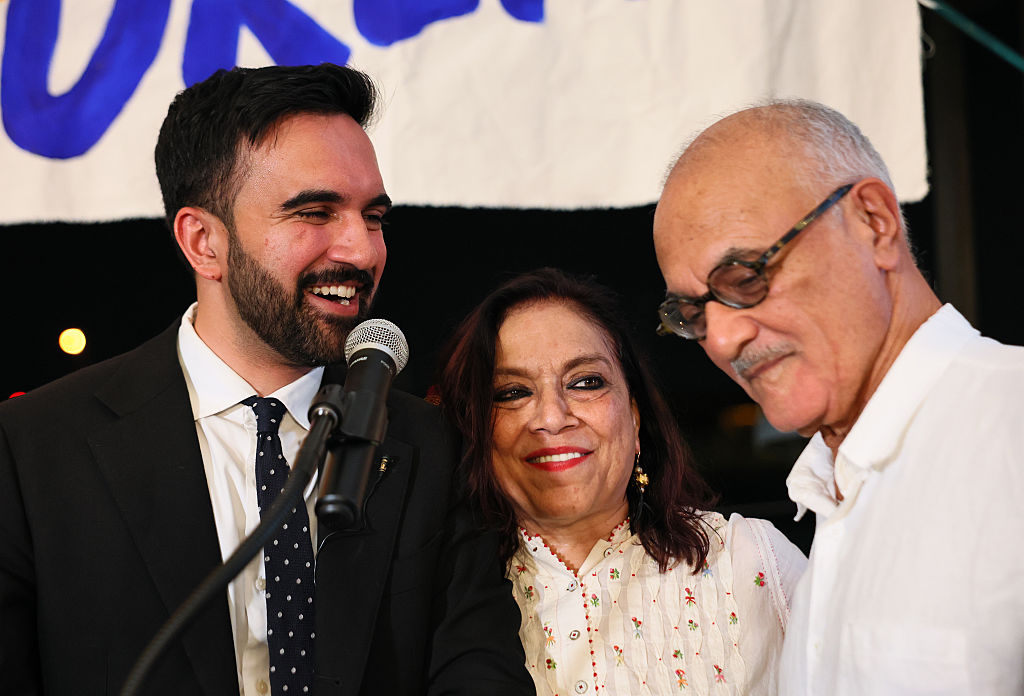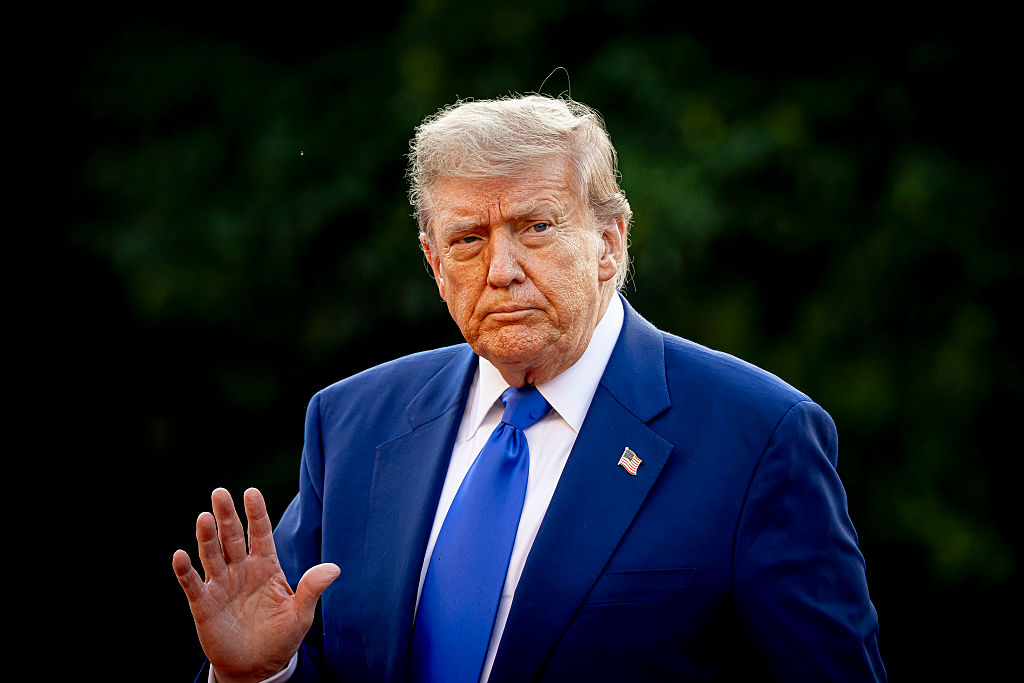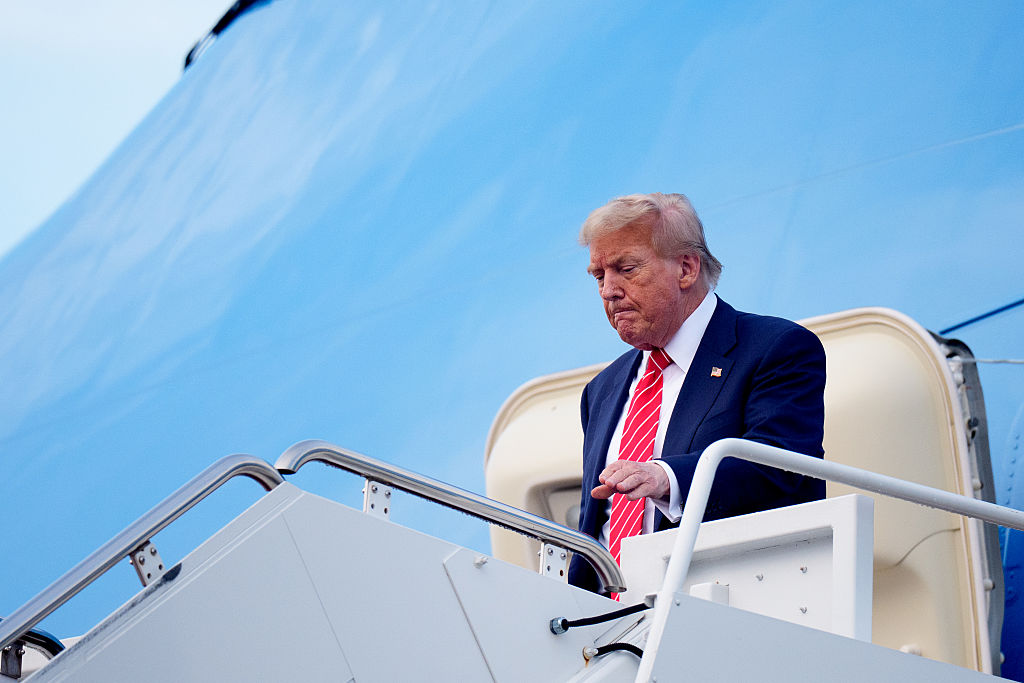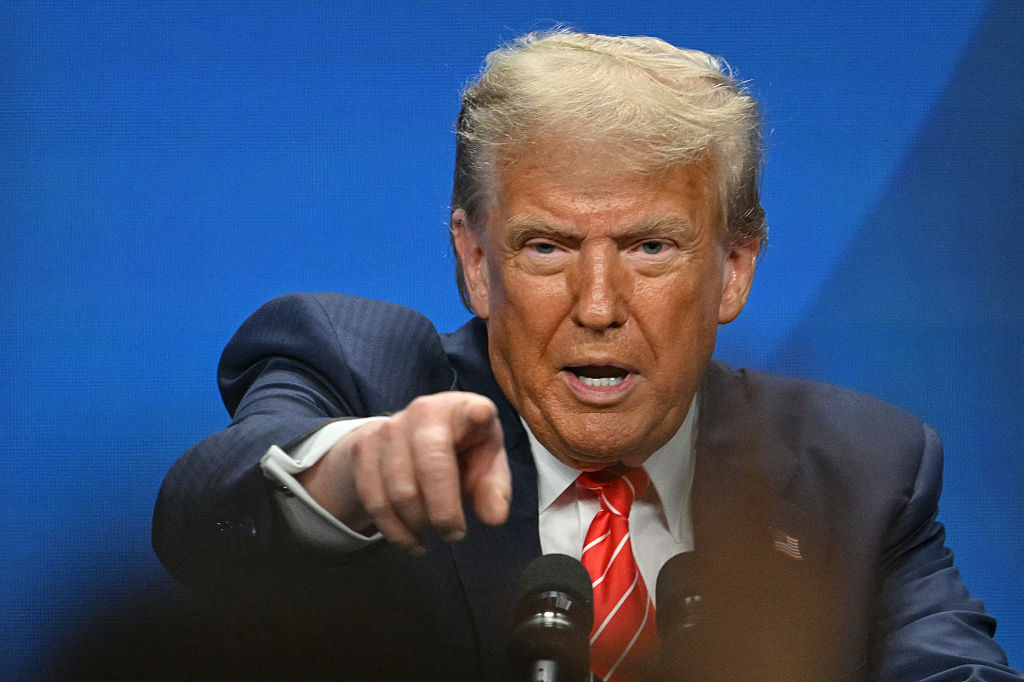The Women’s World Cup has tied a bow around a summer of own goals in feminist ideology. Barbie — yes, that plastic blonde with impossible proportions — became the feminist icon of the summer, trans women silenced the voices of biological females and the story of Lia Thomas’s prowess remains etched in our minds. But for the grand finale of this summer’s theater of the absurd? White Western women elevating the hijab onto the pedestal of feminist glory.
For those who may not know, the hijab is a religious headscarf traditionally worn by Muslim women. While the practice dates as far back as the fourth century AD, the popularity of the hijab is actually quite new, with a stark rise beginning in just the 1970s. Embroiled in controversy across the world, the hijab is both banned by some countries and strictly mandated by others.
So yes, the hijab is a symbol of many things. But, no — though I thought it’d never need to be said — the hijab is not the Islamic pussy hat. And it’s time to stop acting like it is.
This year, the US Women’s National Team — making more headlines for their political ideology than their on-field talent — suffered a disappointing early exit from the competition. But if you thought that’d be enough to hush the progressives who try to leverage women’s sports to push their political agenda, you were wrong. If you’ve met them, you know: nothing hushes them. Instead, another story piqued their interest.
Nouhaila Benzina, a Moroccan defender, took to the pitch in their match against the Republic of Korea. It was an historic moment. Benzina was the first woman to don the hijab on World Cup grass in this lengthy history of the famed event. At the very same moment, though, stories broke from Iran. Women there were being attacked for refusing to wear the very garment that had been revered on the soccer pitch.
As the tournament progressed, the deep contradiction continued to build: on one hand, the FIFA Women’s World Cup — a celebration of how far we’ve come in the international push for gender equity; on the other, the stark and chilling reality in the alleys of Tehran.
While it was a commendable personal choice and a nod to her beliefs, Benzina’s story presents a complex blend of personal liberty and cultural observance. Admirable, certainly. Yet can we truly celebrate this as a universal symbol of liberation when the very belief system it represents has its own complicated relationship with freedom of expression?
The liberal media, of course, has lost no time in interpreting this as a grand feminist statement, even a symbolic act of decolonization. With each piece published, another celebration of the Islamic headwear as symbol of representation and self-assertion.
The truth, though, is that the hijab can be both an assertion of faith and an imposition, depending on the soil beneath a woman’s feet. And while the West continues its parade of progressive oneupmanship, the alleys of Tehran whisper a very different story.
As Benzina’s hijab is celebrated on the international stage, in Iran thousands of women fear the very same piece of cloth — or rather, the consequences of its absence. Thanks to the efficient technology of Bosch CCTV cameras, the Iranian regime now has the perfect machinery to detect and punish those daring to defy the hijab mandate. As German engineering fortifies theocratic oppression, these cameras don’t merely watch; they intimidate, reminding Iranian women of the omnipresent surveillance that dictates their apparel… and the harsh consequences that accompany the failure to comply.
Just this week the stories began to pour in. One woman forced to clean corpses in the morgue. Another sent to mandatory psychological reprogramming. A third fired from her job and forced to pay a hefty penalty. The Iranian government, fearing a loss of control over the county’s young women, is pushing back with a hefty dose of authoritarianism.
The duality is blinding. A hijab on a soccer pitch in France symbolizes freedom and empowerment; in the streets of Tehran, it’s emblematic of forced conformity and repression. The Iranian mandate is a grim reminder of the hijab’s complex symbolism: freedom for one woman, a shackle for another.
Even the best female soccer star cannot sidestep the complex realities of so many women in parts of the world. So, to every Western feminist who has suddenly adopted the hijab as the latest symbol of female empowerment, a small reminder: wearing the hijab as a badge of honor at your next “empowerment brunch” is about as off-target as a Megan Rapinoe penalty kick. Celebrating it as a symbol of progress at the World Cup? That’s a cultural own-goal of epic proportions.



